The 223 Remington and 5.56x45mm NATO are essential cartridges in American firearms. Practically identical (at least on the outside), these rounds have distinct differences that impact how they perform at the range and in the field.
5.56 vs. 223
5.56 is loaded slightly hotter than 223. As a result, shooters with a 5.56 chambered rifle can shoot either 5.56×45 or .223 ammo without trouble.
You should not, however, use your .223 Remington chambered rifle to fire 5.56×45. Although rare, the 5.56’s higher pressures can lead to the failure and safety risks in a .223 firearm.
Diving In Deeper to the Differences
There are many questions floating around these two rounds. Can they be interchanged? Is one better than the other? Which one is ideal for hunting, target shooting, and personal defense?
The differences, as we will see, are subtle. But they make a profound difference when you choose one or the other.
Let’s explore these two important rifle rounds to select the right option for your specific needs…
| 5.56x45mm NATO | .223 Remington | |
|---|---|---|
| Bullet Diameter | .224 inches | .224 inches |
| Neck Diameter | .253 inches | .253 inches |
| Base Diameter | .377 inches | .376 inches |
| Case Length | 1.76 inches | 1.76 inches |
| Overall Length | 2.26 inches | 2.26 inches |
| Bullet Weights | 55-63 grains | 35 to 80 Grains (55 standard) |
5.56mm vs .223 Remington: The Similarities
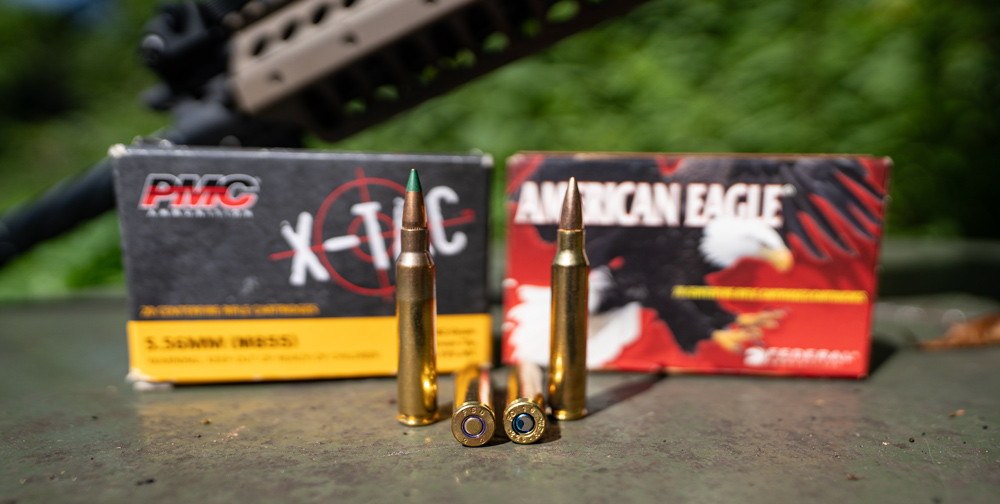
From the outside, it’s nearly impossible to tell the difference between a .223 Remington and a 5.56x45mm NATO. These cartridges are the same in bullet diameter, neck diameter, and base diameter. They carry, for the most part, the same grain weight (55 grains is the most common, but there are heavier options) and have the same overall length.
Frankly, if it weren’t for the stamping on the base of the cartridge, it would be virtually impossible to tell the difference between these two rounds.
There is no difficulty whatsoever when loading and chambering either of these cartridges. A 5.56 will seat itself perfectly in a .223 Remington rifle and vice-versa. The same shape, size, and bullet weights. They must be perfectly identical. And if they’re perfectly identical, they must be perfectly interchangeable.
Not exactly.
While they can be loaded interchangeably, problems can occur when the rounds are fired.
5.56mm vs .223 Remington: The Differences
While the similarities cover nearly every aspect and dimension of these two rounds, the differences can be summarized in two specific areas. One is found internally, while the other relates to firearms that shoot the cartridges.
Internal Pressure
An important difference between these two rounds, and one that is commonly cited by ammunition enthusiasts, is the internal pressure. The .223 Remington is loaded to an internal pressure of roughly 55,000 psi, while the 5.56 is loaded to 58,000 psi. These differences are slight, but they make a difference in how the cartridge is constructed, as well as how the round functions inside the chamber and through the barrel.
The Throat
This difference, while related to the cartridges, is found in the rifles. Specifically, it involves the “throat” of the rifle.
The throat is found in the chamber. It’s the dead space between the tip of the bullet and the start of the rifling, the spiraled grooves inside the barrel that give the bullet spin.
The throat of a rifle chambered for 5.56 is 0.125 inches longer than the .223 Remington’s. Because it is longer, cartridge makers can load a bullet further out into the case, leaving more room for the propellant. If the round is loaded to NATO specs, a 5.56 round has one more grain of powder, producing additional pressure and greater speed.
A .223 Remington rifle has a shorter throat than a 5.56 rifle. This is not a physical feature of the cartridges themselves, but it’s one of the most important differences when discussing these two rounds.
Can You Use 223 and 5.56 Interchangeably?

There is a lot of speculation over whether these two cartridges can or cannot be interchanged. If you own a .223 Rifle, can you load it with 5.56mm ammo? If your rifle is built for 5.56 NATO, will it safely fire .223 Remington ammunition?
For the answer, we’ll go to one of the most trusted authorities in ammunition: the Sporting Arms Ammunition Manufacturer’s Institute, commonly referred to as “SAAMI.”
Their answer is fairly clear:
- If you own a 5.56 rifle, it’s safe to fire .223 ammunition from the weapon.
- If you own a .223 rifle, it is NOT SAFE to fire 5.56 ammunition from the weapon.
There is a special note; SAAMI suggests caution. The organization “recommends that you consult the firearm owner’s manual or contact the firearm manufacturer for further guidance as to whether your firearm can safely shoot .223 Remington ammunition.”
Essentially, a 5.56-chambered firearm can shoot both, but a .223 Remington firearm can only shoot .223 Remington rounds. However, you still need to consult the firearm manufacturer before shooting .223 rounds from a 5.56 weapon.
The Best Policy: Stick to the Stamped Cartridge
When in doubt, there is one policy that always works: only use the ammunition stamped on the weapon’s barrel. If you stick with this policy, you’ll have no issues with cartridge interchangeability.
Is there a Difference in 223 and 5.56×45 Performance?
The same size, shape, and (mostly) bullet weights. Yet different internal pressures. How does this play out in the overall performance of these cartridges? We can look at the statistics from a few popular ammunition manufacturers to find out…
Velocity
| Muzzle Velocity (fps) | 200-yard Velocity (fps) | |
|---|---|---|
| 223 – 55 gr Federal American Eagle | 3,240 | 2,536 |
| 223 – 55 gr Hornady Frontier FMJ | 3,240 | 2,468 |
| 223 - 55-gr Winchester FMJ | 3,240 | 2,499 |
| Average | 3,240 | 2,501 |
| 5.56 - 55-gr Federal American Eagle | 3,165 | 2,414 |
| 5.56 – 55 gr Hornady Frontier FMJ | 3,240 | 2,499 |
| 5.56 – 55 gr Winchester FMJ | 3,270 | 2,555 |
| Average | 3,225 | 2,489 |
The muzzle velocity statistics for these rounds are extremely similar. Surprisingly, the .223 has a slightly faster average in both muzzle and 200-yard velocity. The fastest, however, is a 5.56mm cartridge, while the slowest is also a 5.56.
For speed, it seems neither of these rounds has a distinct advantage if you know what you’re shopping for.
Energy
| Muzzle Velocity (fps) | 200-yard Velocity (fps) | |
|---|---|---|
| 223 – 55 gr Federal American Eagle | 3,240 | 2,536 |
| 223 – 55 gr Hornady Frontier FMJ | 3,240 | 2,468 |
| 223 - 55-gr Winchester FMJ | 3,240 | 2,499 |
| Average | 3,240 | 2,501 |
| 5.56 - 55-gr Federal American Eagle | 3,165 | 2,414 |
| 5.56 – 55 gr Hornady Frontier FMJ | 3,240 | 2,499 |
| 5.56 – 55 gr Winchester FMJ | 3,270 | 2,555 |
| Average | 3,225 | 2,489 |
Energy shows the same basic results. While the 5.56 has more power potential, in this small sample size it actually has lower average energies.
Choosing 5.56 or .223
Choosing a rifle that loads .223 Remington or 5.56 can be difficult. While a .223 Remington cartridge can be shot from a 5.56 rifle, there are concerns for accuracy and performance. Even when there is no safety concern, the best results occur when the cartridge is matched to the firearm.
So which should you choose? Most shooters will likely prefer the versatility and accessibility of the .223 Remington. There are more options, as manufacturers have choices for hunting, target, competition, and more. You can find .223 rounds for deer, varmint, and predators, while still finding options for competition and target practice.
However, if you want a little more potential for speed and energy, especially downrange, a rifle chambered for 5.56x45mm NATO may be ideal.

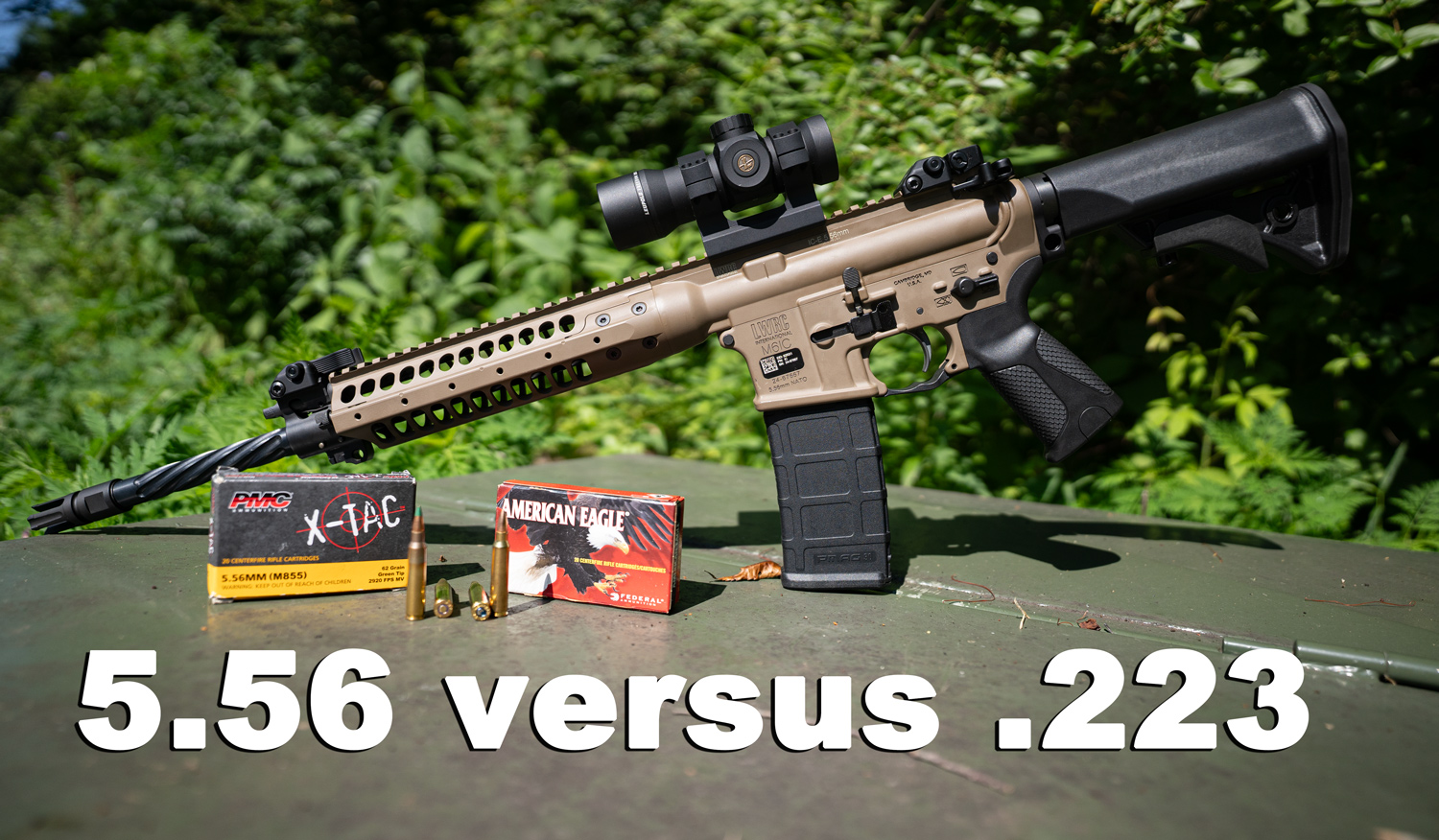
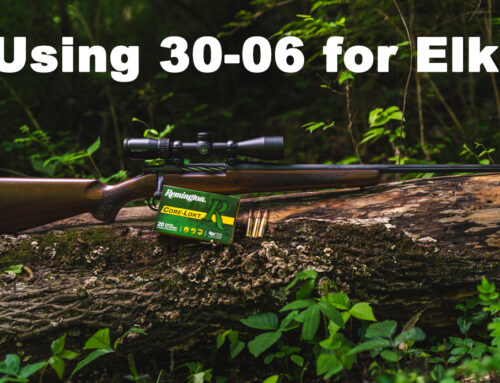
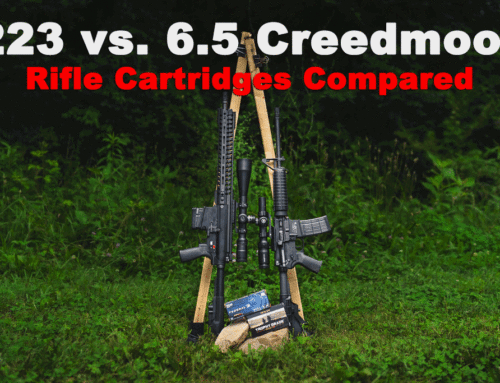

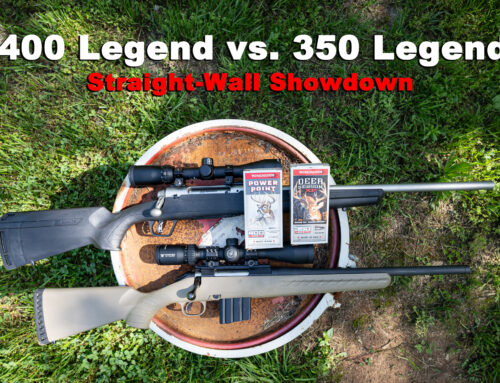
Leave A Comment